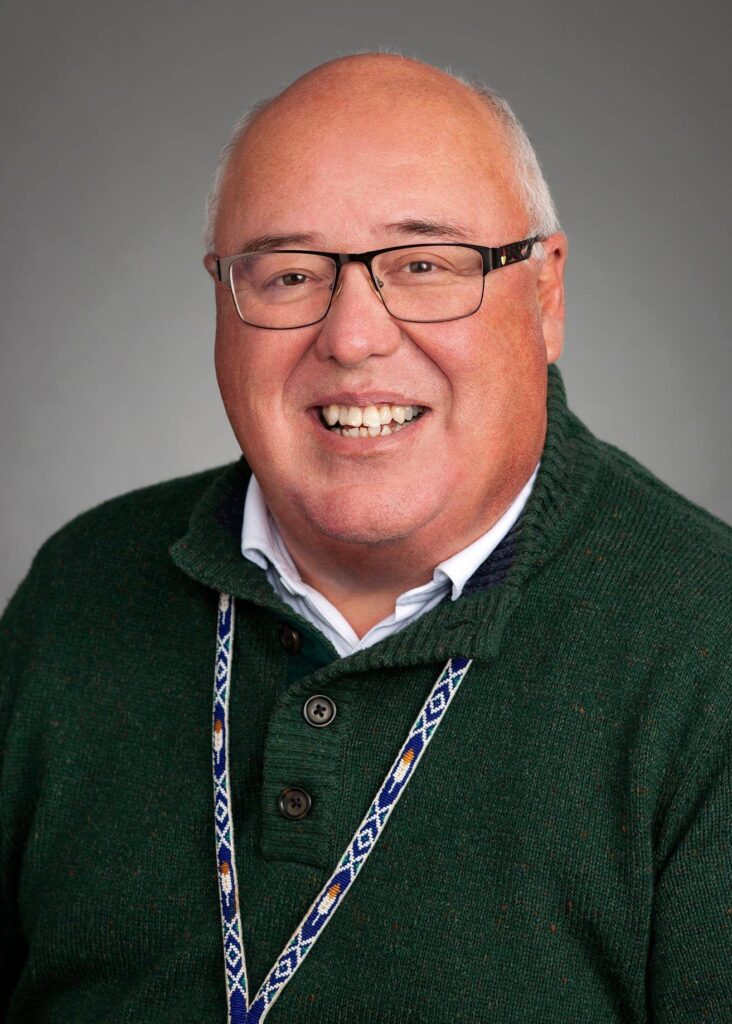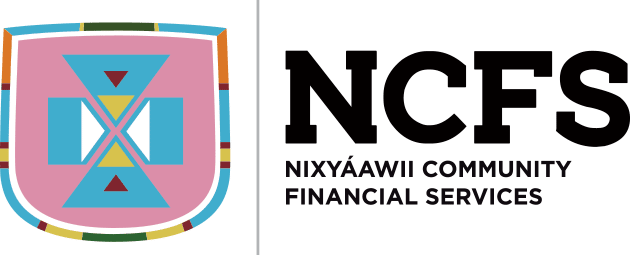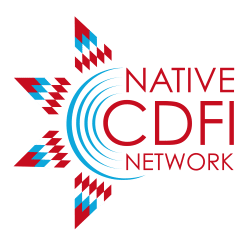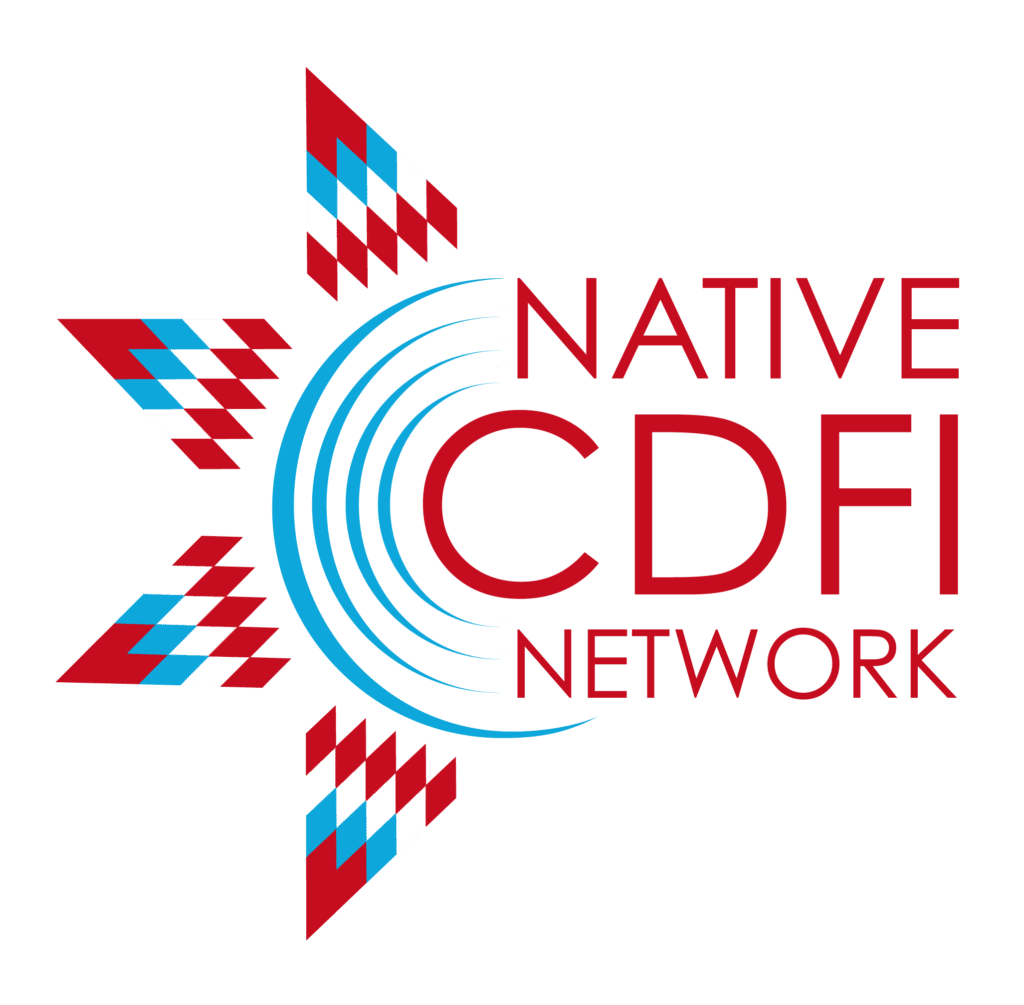
An enrolled CTUIR member, Tovey previously served as CTUIR’s Executive Director, and has also served in top executive roles with the Siletz Tribal Business Corporation, Cayuse Technologies, the Coquille Indian Tribe, and the Affiliated Tribes of Northwest Indians Economic Development Corporation (ATNI-EDC). In 2001, he was named Economic Development Leader of the Year for the State of Oregon by then-Governor John Kitzhaber. He currently serves as Board President for ATNI-EDC and as Board Secretary/Treasurer for the Indian Land Capital Company.
In this insightful conversation with NCN, Dave shares the origin story of Nixyáawii and his perspectives on the barriers to growth facing the Native CDFI industry and what it needs to overcome them.
NCN: Why do you what you do? How did leading Nixyáawii Community Financial Services (NCFS) become your life’s calling?
Tovey: I’ve been a victim of really dumb luck, starting my career here with my Tribes as Economic Planner in 1986 right out of college and two years before the Indian Gaming Regulatory Act. Until my current position, I’ve always been on the tribal enterprise and tribal administration side, and I’ve got that rare honor of being fired by my own tribe twice! As I got to move around Oregon and the Northwest, it was always my desire to be back home with my tribe, where my family was, my brothers, my son, my brother, my late mother. There’s only so many executive level roles here with the Tribes, and this one popped up.
I remember thinking when they were establishing NCFS, “Oh, what a cute little project. Yeah, that’ll be good for our community,” not thinking it was going to be my calling, if you will. As most of my career has been in economic development and tribal administration, it’s been a such an amazing thing to now be working on behalf of individuals to propel their ambitions. It has in many ways freed me up to be an open advocate for private sector growth, conventional homeownership, and this new Native CDFI industry. I’m still an industry rookie and so happy to learn more every day!
NCN: As you know, there are more than 70 federally certified Native CDFIs across the country and many more “emerging” CDFIs following in their footsteps. Why did Native communities feel it necessary to create CDFIs, and what fundamental role do they play?
Tovey: I’ve always followed those factors of production – land, labor, technology, entrepreneurship, and capital. I think the capital piece is always one we have struggled with. So much of our economy is input-output. We generate a lot of jobs, a lot of vendors, a lot of revenue that comes in and payroll that goes out without that private sector activity and that recirculation of assets, capital, and revenue. I think we’re still on shaky ground, and CDFIs are just critical for that.
NCN: What do policymakers, philanthropy, and the general public who aren’t familiar with Native CDFIs need to understand about them and the difference they make?
Tovey: I think those groups don’t truly understand what we do and why we matter. Even with our own community, when NCFS opened, we had grandparents bringing their grandkids up here wanting to set up a savings account thinking we were a depository institution, so even our own communities are still figuring out what we are and the services that we do provide. In Oregon, even though we have nine tribes, we only have two Native CDFIs – NCFS and ATNI Economic Development Corporation. But I think it’ll continue to grow. The more we raise the profile of our difference-making work, the more we really capture people’s attention. In that vein, I’m grateful for what Native CDFI Network does. Because of its work, we’re now being invited to the table like NAFOA and NCAI and other groups that have always been the “panelists” for important conversations with the federal government, so to speak. I hope that continues because I think it’ll bode well not only for our industry generally but also for our ability to attract new sources of capital.
 NCN: Tell us more about Nixyáawii Community Financial Services. How does it work to foster prosperity in the tribal community it serves?
NCN: Tell us more about Nixyáawii Community Financial Services. How does it work to foster prosperity in the tribal community it serves?
Tovey: NCFS is the result of a tribal business plan developed in 2016 that combined three then-tribal programs into a Native CDFI – CTUIR’s Homeownership Program, its Business Development Services, and its long-standing Tribal Credit Program. Our mission is “to improve the financial wellbeing of individuals and families in the Umatilla Indian Reservation community through loans and development services.” We are very lucky to have top-rate professionals from those programs and our existing credit portfolio making for a unique launch point for us.
It’s been one year since we moved into our offices and became operational, so I’m going to hold on to the rookie title as long as I can, because we certainly are still learning the industry. One of the things we have done is to assume the Tribes’ credit program, which is a consumer loan program they’ve had for 50-plus years. Through that, we interact with a great number of our tribal members, and luckily all of our loan officers are tribal members from the community, so they know these folks. When tribal members call us up, their challenges are all over the board. Our staff are able to be responsive, as they understand those challenges because they see them firsthand.
“The more we raise the profile of our difference-making work, the more we really capture people’s attention… I hope that continues because I think it’ll bode well not only for our industry generally but also for our ability to attract new sources of capital.”
NCN: As mentioned, Nixyáawii has a Homeownership Program whose focus is “financial education first.” Why that focus, and what does it entail?
Tovey: We split the class into two parts. The first one is on financial readiness and it’s 10 hours, so it’s pretty intense. We want to show people their credit reports and make sure they’re doing a comprehensive spending plan – all of those things to prepare for making sure they’re ready for this next step of homeownership. Our program manager Pamela Ranslam uses the Oweesta curriculum to drive that home. It’s a prerequisite, if you will, and then they move into the more aggressive mortgage preparation class. That’s another 10 hours. So it’s fairly intense and a pretty big commitment. You get folks who sign up and then drop out for whatever reason – they’re not ready or they realize they might not be ready after they start attending the classes. But the people that are truly motivated, by the time they get through these classes, they’re very much ready to sign all of the piles of documents you have to for homeownership. The big carrot we’ve been able to offer them – which the Tribes set up years ago – is a program called Umatilla Saves. If they save $2,000, they get another $8,000 for the down payment on their homes. That’s just enormous. We expect the demand for homeownership to only increase as the Tribes are building a subdivision of 40 parcels. We are a little concerned that will deplete the Umatilla Saves account pretty fast, so now we have to get busy and find more money to keep that going because I think that’s a huge incentive for people that might not otherwise have much equity or other property they can put on the books for their collateral or down payment.
NCN: Nixyáawii was officially certified by the Treasury Department in December 2021, so it is a relatively young Native CDFI. What is its growth plan? Where does it want to be ten years from now?
Tovey: With one year of operation under our belts, we know we need to engage in more capital growth planning with our board of directors. The business plan that established Nixyáawii directed us to accumulate $5 million in our first five years. We’re sure glad to have the State Small Business Credit Initiative [SSBCI] opportunity ready to go, and we are pursuing CDFI Fund Financial Assistance award for next year. We also are benefitting from the generosity of our Tribal Board of Trustees, who approved $2 million in a low-interest line of credit when they set up Nixyáawii.
Over this first year, we have really focused on managing the heck out of the three programs we have been handed responsibility for – that we are doing them right and getting the returns we need. Looking forward, we are trying to be as opportunistic as possible to grow in size and in the services we provide. For example, with small business development, we’ve had a good program leveraging Oweesta, the Oregon Native American Chamber, and ONABEN for small business training, but we never had a loan product for our small business clients, but with SSBCI we now will.

With homeownership, we’re doing 99-year leases on tribal trust land. Our housing project team has driven the cost of those leases down to $10,000 to $18,000 per parcel. If it was a similar parcel in town, it’d be closer to $80,000 to $100,000. We want to have that purchase of the lease represent in effect their title for future mortgaging and make sure we’re secure enough. We secured some money from Spirit Mountain Community Fund at Grand Ronde for that land lease capital. So we just try to keep up as fast as we can with all available resources. We want to make sure we’re well prepared, ready, and have that track record that demonstrates our capability.
NCN: Nixyáawii has helped an extraordinary number of people. Is there an individual’s client success story that really sticks out to you, that really inspires you?
Tovey: Our next-door neighbor here is CTUIR member Melinda Broncheau. She worked in IT and she was a top professional in that field. Her mother and other family members gave her all of these skills – beading, tanning hides, and arts and crafts skills. She always had this dream of starting her own little store. She got her stuff together and opened in January 2020 in what was a former yoga studio. It was a big open space. It was kind of sparse when it first opened, and you go in there now and the place is jam-packed full of materials she’s produced. She just hung in there through the pandemic, taking another full-time job to keep up. When you see that kind of perseverance, it’s inspiring to me and to others in the community. She’s one of our shining stars. We don’t have a large small business sector, which is part of the reason we were formed. We can count about 32 small businesses here, the majority of which are side-gig businesses. For maybe a handful it’s their sole source of income, and just one or two have actual employees. We’re still very much at a growth stage for them.
NCN: From your perspective, what do Native CDFIs like yours need to realize their full potential? What support do they need to achieve their missions and maximize their impact? Is it policy? Is it funding? Is it capacity? Is it some combination of the above?
Tovey: Probably a combination, I think. I don’t like to be critical of funding partners, but with so many federal and even state programs, we’re kind of shoehorned in there at the last second. “Oh, shoot, we had better include tribes.” Or sometimes they completely forget about us, especially with state programs, and the same requirements that others have are imposed on us, and they often don’t fit. The CDFI Fund in some ways, SSBCI, Opportunity Zones, all those things were maybe intended to be a wonderful opportunity, but then you get into the details and they are really onerous unless you have the horsepower or folks that can unravel that. As a growing industry, a lot of us don’t have that capacity or experience. So that’s always a challenge.
The other side is staffing. Development services are so important to Native CDFIs. Well, that’s hard to monetize. We can make money on our portfolio and our loans and pay our staff for that, but how do you spin off enough to keep your other core services that are so vital to what a CDFI is supposed to do in place? So those are the big things for me.
To learn more about Nixyáawii Community Financial Services, please click here.

